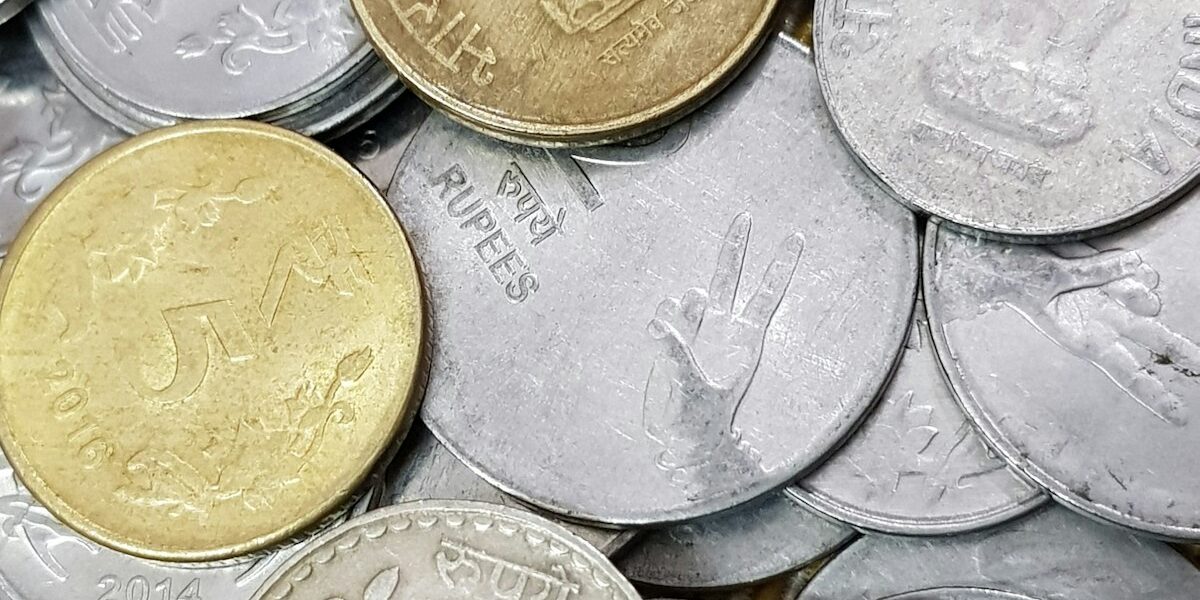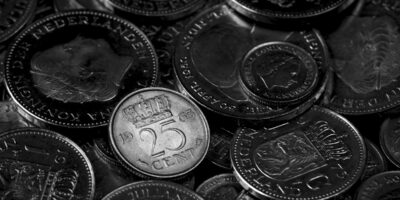Different Kinds of Pennies
Pennies are among the most common coins in circulation. Despite their low value, they have a rich history and various types, each with unique characteristics. This article explores the different kinds of pennies, from the early varieties to those in current use.
Early American Pennies

The first pennies in the United States were large and had significant metal content. Called the Large Cent, they were nearly the size of a modern quarter. Produced from 1793 to 1857, these pennies featured the Liberty Cap, Draped Bust, and Matron Head designs over the years.
In 1856, the U.S. Mint introduced the Flying Eagle cent to replace the Large Cent. It was smaller and contained 88% copper and 12% nickel. However, issues with production led to the Mint discontinuing the Flying Eagle cent after just three years of mintage.
Indian Head Pennies
The Indian Head penny succeeded the Flying Eagle cent in 1859. Designed by James B. Longacre, it featured Lady Liberty wearing a Native American headdress. The coin remained in production until 1909. Initially, the composition of the Indian Head penny was 88% copper and 12% nickel. In 1864, the composition changed to 95% copper and 5% tin and zinc.
Lincoln Wheat Pennies
In 1909, to commemorate Abraham Lincoln’s 100th birthday, the U.S. Mint introduced the Lincoln Wheat penny. Designed by Victor David Brenner, this penny features Lincoln’s profile on the obverse and two wheat ears on the reverse. Composed of 95% copper and 5% tin and zinc, it was in production until 1958.
During World War II, in 1943, the Mint faced a copper shortage. To conserve copper for the war effort, the Mint produced pennies from zinc-coated steel. These steel pennies are highly recognizable and often sought after by collectors. Tin returned as part of the penny’s composition in 1944, when shell casings from the war were recycled for the coins.
Lincoln Memorial Pennies
1959 marked the 150th anniversary of Lincoln’s birth and the 50th anniversary of the Lincoln cent. The Mint replaced the wheat ears with an image of the Lincoln Memorial. Frank Gasparro designed the new reverse, continuing the 95% copper and 5% zinc and tin composition.
In 1982, the Mint transitioned to a primarily zinc composition for pennies to reduce costs. The new pennies contain 97.5% zinc and 2.5% copper, with a thin copper plating. Both copper and zinc pennies were produced that year, making 1982 pennies notable among collectors.
Modern Pennies
The Lincoln Memorial penny design persisted until 2008. Then in 2009, the Mint commemorated Lincoln’s bicentennial with four different reverse designs, each representing a different aspect of his life. These designs included Lincoln’s log cabin birthplace, his formative years, his professional life, and his presidency.
In 2010, the reverse was changed to depict the Union Shield. This design, by Lyndall Bass and Joseph Menna, symbolizes President Lincoln’s role in preserving the United States. Modern pennies continue to be composed primarily of zinc with a copper coating.
Special Edition Pennies
Throughout history, special edition pennies have been minted, though they are rare. One such example is the 1909-S VDB penny. This variant is akin to the standard 1909-VDB penny but features an S mintmark indicating it was produced at the San Francisco Mint. The initials VDB, representing the designer Victor David Brenner, are prominently displayed. Only a limited number were produced.
Another notable special edition is the 1943 copper penny. Although the majority of pennies produced that year were made from steel, a small number of copper pennies mistakenly entered circulation. These copper pennies from 1943 are extremely rare and highly valuable.
Collectible Pennies
Many collectors seek out specific types of pennies. Factors that contribute to a penny’s value include its condition, rarity, and historical significance. Large Cents, Indian Head pennies, and early Lincoln Wheat pennies are popular among collectors. The 1909-S VDB and 1943 copper pennies are notable high-value collectibles.
Errors and variations in minting can also make pennies valuable. For instance, doubled die pennies, where the design elements appear double due to a minting error, are highly prized. The 1955 doubled die penny is one of the most famous and valuable examples.
- Large Cents – The first U.S. pennies, large and composed of significant copper content.
- Flying Eagle Cents – Short-lived small cents with a distinctive eagle design.
- Indian Head Pennies – Featuring Lady Liberty with a Native American headdress, and in production for fifty years.
- Lincoln Wheat Pennies – Commemorative pennies with Lincoln’s profile and wheat ears, spanning nearly fifty years.
- Steel Pennies – Made during World War II to conserve copper, unique for their steel content.
- Lincoln Memorial Pennies – Featuring the Lincoln Memorial, a significant design change lasting almost fifty years.
- Modern Pennies – Current coins with the Union Shield design, reflecting Lincoln’s legacy in preserving the Union.
Conclusion
Pennies, though small in value, offer a glimpse into America’s past. They have evolved in design, composition, and significance over centuries. Collectors and historians continue to find interest in the myriad types of pennies, each telling a part of the story of the United States.



